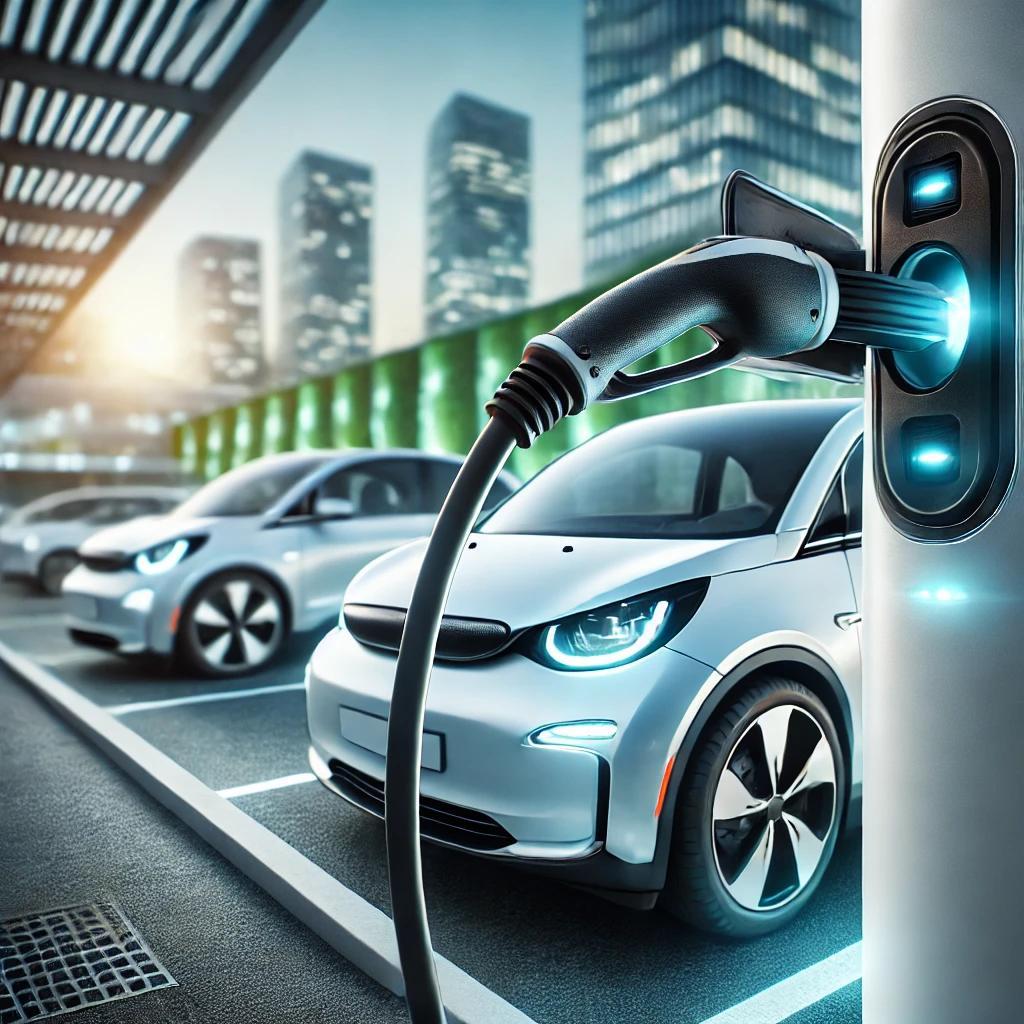Preparing Your HOA for Electric Cars and Charging Stations

In the last five years, nearly half a million vehicles in the U.S. have smoothly bypassed gas stations—not because they have endless fuel, but because they are part of a growing trend in plug-in electric vehicles (PEVs). Since December 2010, when the Nissan Leaf and Chevy Volt first hit the market, these energy-efficient vehicles have been gaining traction.
Understanding PEVs
To better grasp what PEV buyers are investing in, let's define what these vehicles involve. A PEV, or plug-in electric vehicle, refers to any car partially powered by battery energy. The two main types in this category are battery-electric vehicles (BEVs) and plug-in hybrid vehicles (PHEVs). BEVs rely solely on electricity stored in their batteries, requiring regular recharging but can travel around 70-100 miles on a single charge. With no gas engines, BEVs are celebrated for being zero emission vehicles.
Exploring PHEVs
A PHEV, or hybrid vehicle, has both battery power and a gas engine, allowing for either recharging or refueling at a gas station. This hybrid capability reduces concerns about running out of charge when a station isn't nearby. PHEVs can travel up to 35 miles on battery power alone and over 300 miles in a combined electric/gas mode, usually with lower emissions depending on gasoline usage.
Today’s market offers over 25 models in the U.S. and 50 globally, with more auto manufacturers introducing improved models each year. Initially, tech enthusiasts and early adopters drove sales, but now mainstream consumers are increasingly attracted by the environmental, emotional, and financial perks of electric vehicles, leading to a continual rise in these numbers.
Admittedly, PEVs can be more expensive upfront compared to traditional cars, but their lower operating and maintenance costs, along with better sustainability, make them appealing. Additionally, PEV owners might qualify for federal tax credits—up to $7,500 for BEVs and less than $5,000 for most plug-in hybrids. With the introduction of more models offering enhanced features, the appeal of electric cars is extending beyond just early adopters to a broader audience.
As the sales of electric cars—particularly BEVs—continue to soar, the demand for convenient charging stations near workplaces or homes is increasing. This trend is already affecting homeowners associations, community associations, and condo boards, especially in densely populated, car-centric areas like New York, Florida, and California.
Having an on-site charging station can significantly elevate the lifestyle of homeowners and boost the attractiveness of a community. However, it's crucial to determine if such an installation is suitable for your community. For further guidance and to assist your association in making the best decision, consider exploring additional resources.
The popularity of plug-in electric vehicles is clear. By installing charging stations in your high-rise parking garage, you not only improve amenities for residents but also increase the desirability of your building. There are numerous other ways to enhance amenities in high-rise living spaces as well.





